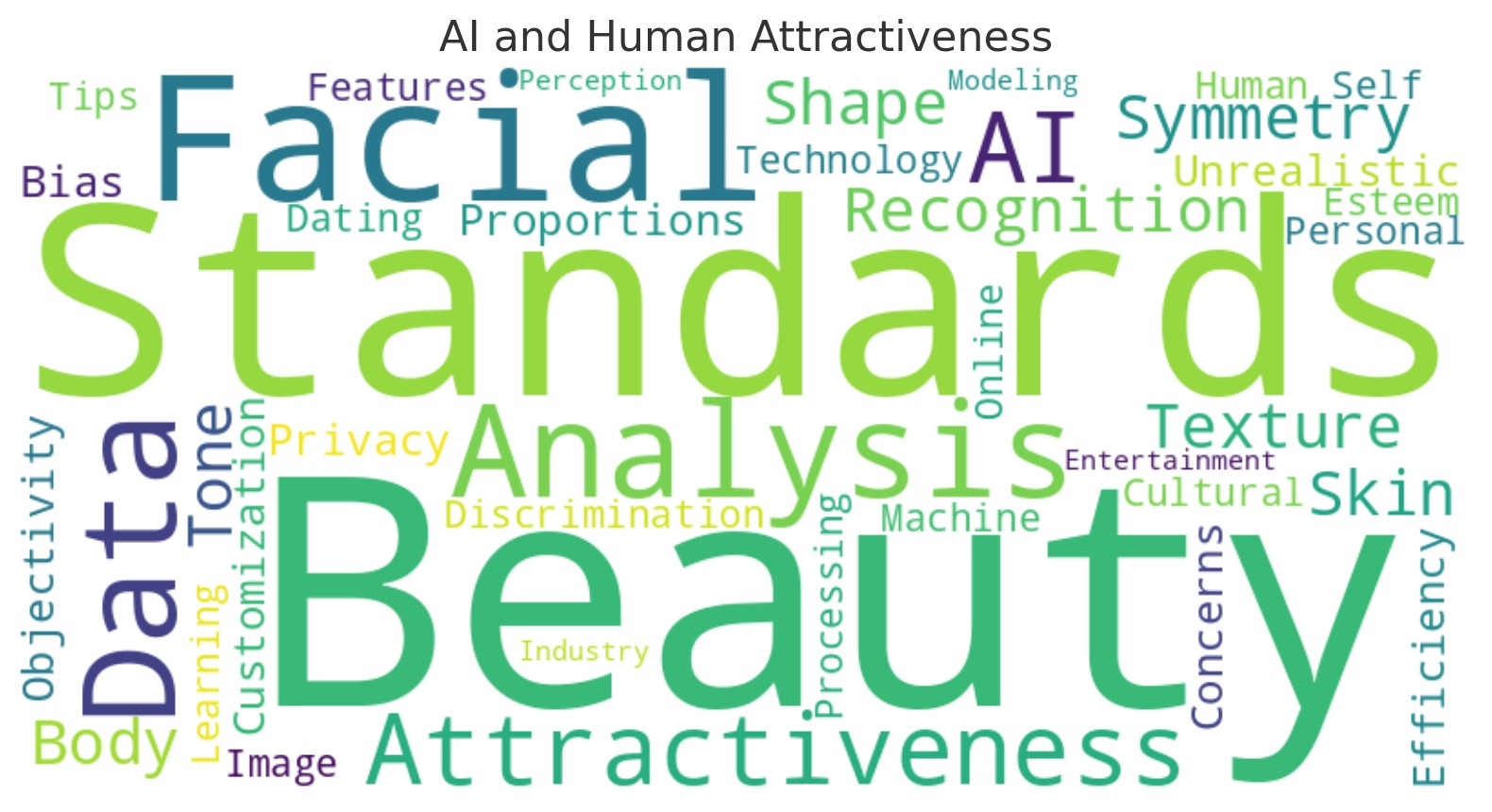The question “Am I attractive?” is one that has been pondered by humans for centuries. With advancements in artificial intelligence (AI), technology is increasingly being used to assess and analyze human attractiveness. This article explores the various ways AI is involved in determining attractiveness, the benefits and drawbacks of such technology, and the ethical considerations surrounding its use.
How AI Assesses Attractiveness
- Facial Recognition and Symmetry Analysis
AI algorithms analyze facial features to determine symmetry, which is often associated with attractiveness. High-tech software can measure the distance between various facial landmarks, such as the eyes, nose, and mouth, to calculate symmetry and proportions. - Skin Tone and Texture Analysis
AI can assess skin tone and texture, identifying characteristics like smoothness, clarity, and evenness. Advanced image processing techniques allow AI to detect blemishes, wrinkles, and other skin conditions that may influence perceptions of attractiveness. - Body Shape and Proportions
AI can evaluate body shape and proportions by analyzing images or videos. This includes measuring the waist-to-hip ratio, body mass index (BMI), and other physical attributes that contribute to societal standards of beauty. - Cultural and Societal Standards
AI systems often incorporate cultural and societal standards of beauty by analyzing large datasets from various sources, such as social media, fashion magazines, and historical data. These standards can vary widely across different cultures and time periods.
Benefits of Using AI to Assess Attractiveness
- Objectivity
AI provides a more objective analysis of attractiveness, reducing personal biases that can influence human judgment. This can be particularly useful in industries like modeling and entertainment, where appearance plays a significant role. - Efficiency
AI can process and analyze large volumes of data quickly, providing instant feedback. This efficiency is beneficial for applications such as online dating, where users may want immediate assessments of profile pictures. - Customization
AI can offer personalized beauty tips and recommendations based on individual assessments. For example, skincare apps can use AI to suggest products and routines tailored to a person’s specific skin condition and type.
Drawbacks and Ethical Considerations
- Reinforcement of Unrealistic Standards
One major drawback is that AI might reinforce unrealistic beauty standards by perpetuating narrow definitions of attractiveness. This can lead to increased pressure on individuals to conform to these standards. - Privacy Concerns
Using AI to assess attractiveness often involves collecting and analyzing personal data, which raises significant privacy concerns. Users must be cautious about how their data is stored, used, and shared. - Bias and Discrimination
AI systems can inherit biases present in the data they are trained on. If the training data reflects biased standards of beauty, the AI’s assessments will also be biased, potentially leading to discrimination based on race, gender, or other attributes. - Impact on Self-Esteem
Reliance on AI for attractiveness assessments can negatively impact self-esteem, especially if the feedback is perceived as critical or harsh. This can contribute to body image issues and mental health concerns.
Conclusion
The use of AI to assess human attractiveness is a fascinating development in the intersection of technology and human perception. While it offers benefits such as objectivity, efficiency, and customization, it also comes with significant drawbacks and ethical concerns. As AI continues to evolve, it is crucial to approach its application in this sensitive area with caution, ensuring that it enhances rather than diminishes human well-being and diversity in beauty standards.


